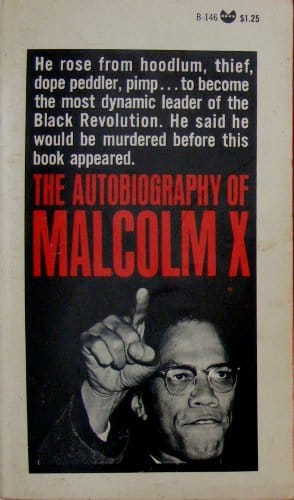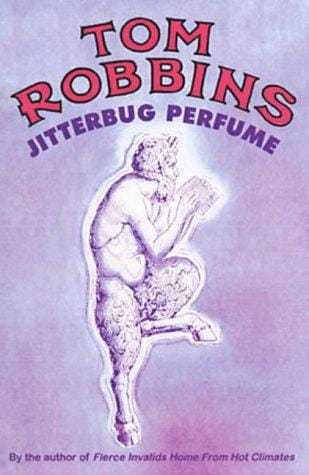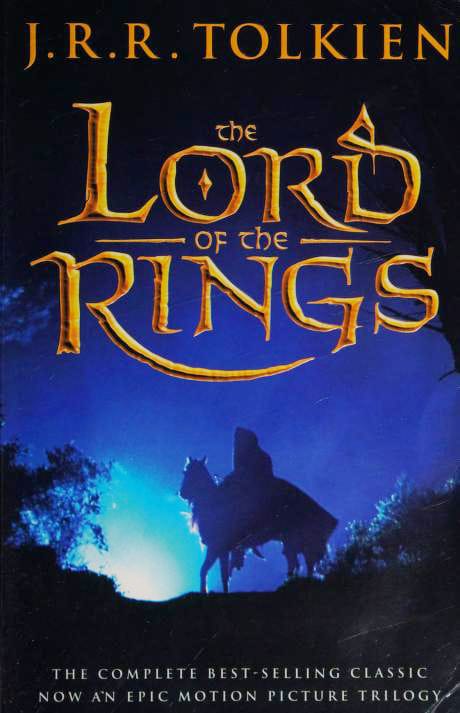The Autobiography of Malcolm X: A Timeless Chronicle of Transformation
Explore themes, context and legacy of The Autobiography of Malcolm X, a powerful memoir that chronicles transformation from hustler to human-rights leader.

Introduction: Why This Book Still Resonates
Few modern memoirs have left as deep a mark on American consciousness as The Autobiography of Malcolm X, a riveting narrative shaped through the collaboration of Malcolm X and journalist Alex Haley. First published in 1965, the book traces the extraordinary journey of a man who evolved from street hustler to global human-rights advocate. More than half a century later, readers continue to turn its pages for guidance on identity, race, faith, and resistance. This article explores the autobiography’s plot, themes, historical context, and lasting impact, helping you decide why it deserves a place on your reading list today.
The Road to Publication
The idea for the autobiography emerged in 1963, when Alex Haley—then a freelance writer for The Reader’s Digest—approached Malcolm X for a series of interviews. Over nearly two years, their recorded conversations captured Malcolm’s memories in vivid detail. The manuscript was nearly complete when Malcolm X was assassinated on February 21, 1965; Haley finalized the text, adding an epilogue that chronicled the aftermath of the killing. The book quickly became a bestseller, praised for its unfiltered honesty and vibrant storytelling.
Plot Summary in Three Transformations
1. The Hustler Years
The narrative opens with Malcolm Little’s early life in Omaha and Lansing, where white supremacists terrorize his family. After his father’s suspected murder and his mother’s confinement to a mental institution, young Malcolm drifts toward crime in Boston and Harlem. He becomes “Detroit Red,” a gambler, drug dealer, and burglar—an existence that lands him in prison at age twenty-one.
2. Prison and the Nation of Islam
Behind bars, Malcolm immerses himself in books, debates, and self-reflection. He converts to the Nation of Islam, led by Elijah Muhammad, adopting the surname «X» to represent his lost African ancestry. Upon release, he rises quickly through the movement’s ranks, establishing temples, delivering fiery sermons, and earning national attention for his uncompromising stance on Black self-determination.
3. Pilgrimage and Global Vision
A pivotal trip to Mecca in 1964 broadens Malcolm’s worldview. Experiencing interracial solidarity among Muslims, he softens his earlier rhetoric and founds the Organization of Afro-American Unity. His final months are marked by an inclusive human-rights agenda that sees the struggle for Black liberation as part of a worldwide fight against colonialism and oppression.
Major Themes
Identity and Self-Creation
One of the book’s most compelling messages is that identity is neither fixed nor assigned by others; it is forged through conscious choice and continual learning. Malcolm’s multiple names—Malcolm Little, Detroit Red, Malcolm X, El-Hajj Malik El-Shabazz—symbolize the power of self-definition in a society eager to impose stereotypes.
Racism and Structural Violence
From housing discrimination to police brutality, the autobiography lays bare the systemic forces that shaped mid-20th-century America. Malcolm’s personal anecdotes function as microcosms of a larger national crisis, challenging readers to confront uncomfortable truths about institutional racism.
Education as Liberation
Malcolm’s transformation begins not with a religious revelation but with a library card. His voracious reading in prison underscores the emancipatory potential of knowledge. Today, educators frequently assign the book to inspire critical thinking and lifelong learning.
Faith and Flexibility
While rooted in Islam, Malcolm’s spiritual journey shows an openness to change. His shift from nationalist separatism to global humanism exemplifies the idea that faith, when sincerely practiced, can evolve toward greater inclusivity.
Historical Context
Published at the height of the civil-rights movement, the autobiography arrived in the same year as the Voting Rights Act and the Watts uprising. It offered a counterpoint to the nonviolent strategy popularized by Reverend Martin Luther King Jr., presenting readers with a more militant perspective. The book also resonated internationally, coinciding with decolonization movements in Africa and Asia. Its call for self-respect and resistance appealed to oppressed peoples across the globe.
Influence on Literature and Culture
This autobiography is frequently cited as a foundational text in African-American literature, standing beside works by Frederick Douglass, W.E.B. Du Bois, and James Baldwin. Its confessional style paved the way for later memoirs such as Assata Shakur’s Assata and Maya Angelou’s I Know Why the Caged Bird Sings. Hip-hop artists from Public Enemy to Kendrick Lamar sample Malcolm’s speeches, while filmmakers, including Spike Lee, draw inspiration from his life story. Academic fields as varied as sociology, political science, and religious studies analyze the book for its interdisciplinary insights.
Criticisms and Controversies
Despite its acclaim, the autobiography has sparked debate. Some critics question Alex Haley’s editorial influence, suggesting he softened Malcolm’s image for mainstream appeal. Others point to passages that reflect the Nation of Islam’s early misogyny or antisemitism. These critiques, however, often fuel richer dialogue about authorial voice, historical context, and the evolution of social movements.
Why You Should Read It Today
In an era marked by renewed conversations about police violence, mass incarceration, and racial inequality, The Autobiography of Malcolm X feels urgent and contemporary. Its lessons on resilience, critical inquiry, and moral courage hold relevance for students, activists, and anyone seeking to understand the roots of today’s social justice struggles.
Tips for First-Time Readers
To maximize your reading experience, consider pairing the book with a documentary such as Malcolm X: Make It Plain or Spike Lee’s 1992 biopic. Keep a journal to track Malcolm’s ideological shifts, and discuss the chapters with a reading group to explore multiple perspectives. Finally, remember that the autobiography is one voice among many; supplement it with writings by contemporaries like Martin Luther King Jr. and Angela Davis.
Conclusion
The Autobiography of Malcolm X endures because it is more than a life story; it is a blueprint for transformation. From the fiery streets of Harlem to the holy city of Mecca, Malcolm’s journey challenges each reader to confront personal biases, seek knowledge, and strive for social justice. If you open its pages with an open mind, you may find not just history, but a mirror reflecting the possibilities of your own potential.



